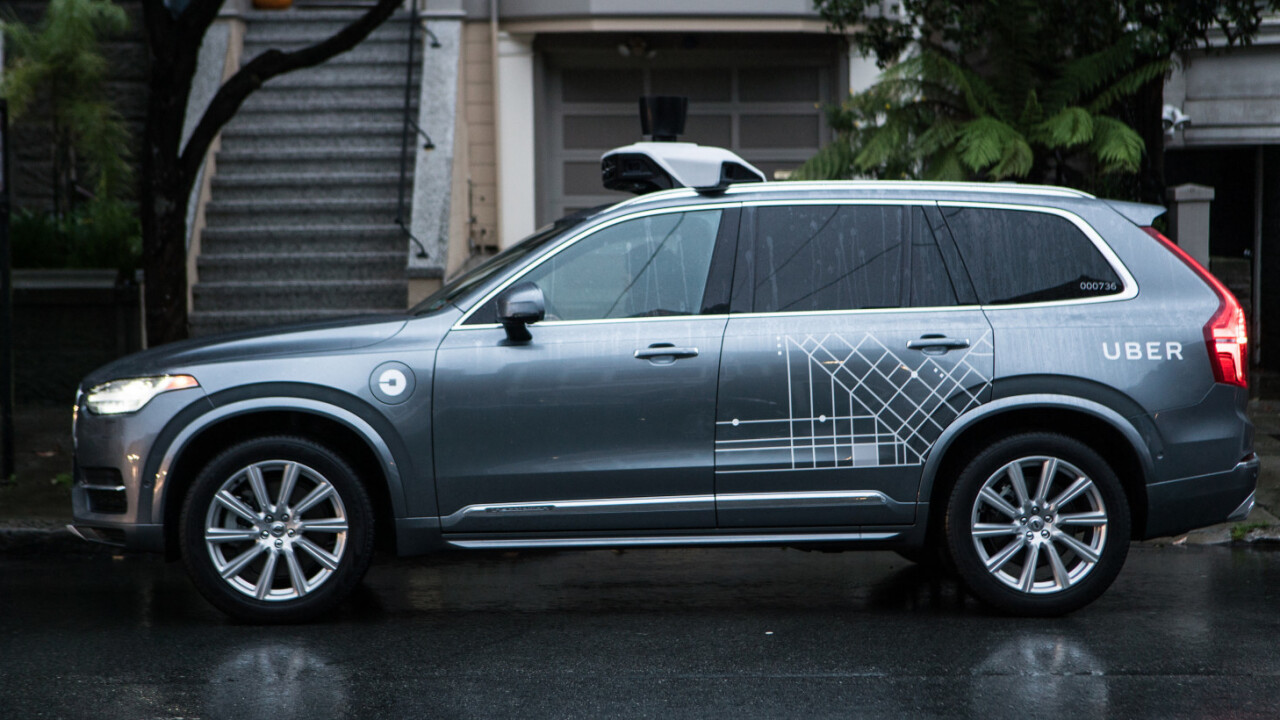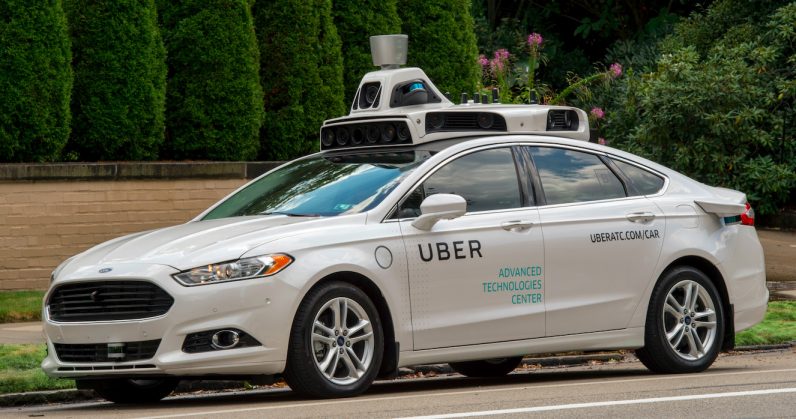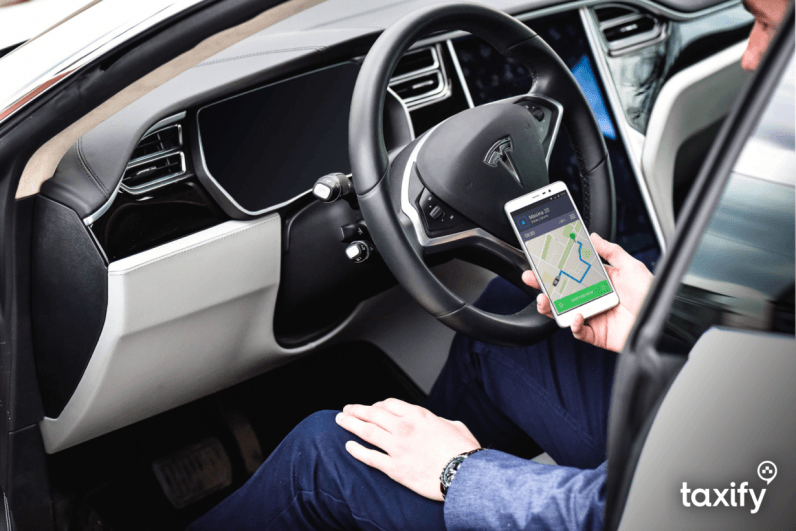
Earlier this month, Arizona took another step forward in the interstate arms race regarding self-driving vehicles. Arizona governor Doug Ducey introduced a new executive order that finally allows fully driverless vehicles to navigate public roads — without anyone behind the wheel.
Of course, the executive order mandates that all autonomous vehicles operating need to follow existing traffic laws, but that’s a given. Arizona will now become an even bigger testing ground for autonomous vehicles — and it already has more than 600 self-driving cars in operation from companies like Waymo, Intel, Uber, and GM.
This is exciting news for self-driving car proponents, but the timing is interesting. This executive order came only a few days after California’s Office of Administrative Law approved some proposed regulations that would allow fully driverless cars to test on its public roads, much in the same way. The first permits will start rolling out April 2. Up until this point, California has relied on its 1,000-plus safety drivers to chaperone and test these driverless vehicles.
It may be a case of coincidental timing, but it’s a stronger indication that states are competing to see who can get driverless vehicles on their roads the fastest. If that’s the case, what would these states get by winning? And more importantly, should we be encouraging this race to the finish?
Interstate competition

States need to introduce their own legislation for driverless vehicles because our U.S. Congress is dragging its feet. There’s currently a piece of legislation being considered by the Senate — the SELF DRIVE Act — which would allow self-driving cars to be tested nationally, but it’s unlikely to pass anytime soon, since so many Senators have reservations about the safety of these vehicles.
Testing, then, comes down to individual state decisions, and governors are looking to be early adopters for autonomous vehicle technology.
Why?
1. Cultivating innovation — Some of it has to do with a pure desire to breed more innovation. Access to better technology generally means a better quality of life for your constituents—and therefore a better chance for reelection. Plus, self-driving cars, if executed properly, could dramatically reduce traffic accident deaths.
2. Corporate favoritism — Providing more attractive testing grounds could attract lucrative corporate deals; Waymo, for example, is currently based in California, but if Arizona (or another state) offers them a better deal, they may consider moving—which would substantially benefit their new community.
3. Bragging rights — Humans are fundamentally competitive, and getting to say your state was one of the first to allow self-driving cars is, I’ll admit, pretty cool.
But there’s a fundamental weakness to this kind of competitive decision-making, and it might do more harm than good—both to the autonomous vehicle industry and the residents of these forward-thinking states.
The high cost of competing for dominance

Autonomous vehicles are on our doorstep. Companies have cumulatively tested their vehicles for millions of miles with only a handful of problematic incidents, and we’re not far from having fully driverless vehicles available for consumer purchase. So who’s going to be the first company to get a consumer vehicle on the road?
It’s a big, important question. Every autonomous vehicle company is fighting hard to get there first, pushing the boundaries of their tests and making a case for looser regulations. The first company to offer a driverless car has a chance to win more sales and earn a better reputation for themselves, so in some ways, the landscape has become an all-out race for corporate glory.
And this isn’t mere speculation. As revealed in the Alphabet-Uber trial, former Uber executive Anthony Levandowski and former Uber CEO Travis Kalanick had a rapacious attitude about autonomous vehicle development. Levandowski, for example, is quoted as saying in internal memos: “we need to think through the strategy to take all the shortcuts we can find,” and “I just see this as a race and we need to win, second place is the first looser [sic].”
If you’re like me, you find this unsettling to read. It’s even more unsettling considering one of Uber’s autonomous vehicles just struck and killed a pedestrian — in Tempe, Arizona, no less. The driverless vehicle had an emergency backup driver behind the wheel, but was still held responsible for the “first pedestrian death associated with self-driving technology.” Immediately following the incident, Uber paused all its self-driving vehicle tests across the nation and in Toronto.
Is this death the natural result of accumulated hours and miles on the road? After all, it’s virtually impossible for a technology like this to last forever without some collateral damage. Was it avoidable whether or not the car was driving autonomously? Is this the result of one company’s oversight, and a lesson to be learned by all companies across the board? Certainly, Uber appears to be taking the matter seriously, and knows it can’t afford to lose any more consumer trust.
Or was this death made more likely because of the combination of Uber’s relentless pursuit for competitive dominance and Arizona’s do-whatever-you-want attitude toward autonomous vehicle testing? My money’s on the latter, though obviously, this is a complex issue with no single fault point.
Where to go from here

I consider myself a technological optimist, and hate the idea of stifling innovation, but it’s hard for me to turn a blind eye to this incident. The way I see it, we have two problems: over-eager regulators making it too easy to test driverless vehicles, and voracious corporate giants willing to do whatever it takes to beat the competition.
We can kill two birds with one stone by proposing stricter oversight and regulations for how self-driving vehicles are tested, requiring preliminary tests and approvals before letting vehicles on the road — preferably on a national level so states can’t undercut each other in their own bid for dominance.
The real problem comes from how to pass this kind of regulation smoothly; for example, who gets to approve which vehicles are allowed on the road? And how are we going to get something like this passed when the SELF DRIVE Act has been stalling in Congress for months?
All I know is that our attempts to facilitate innovation by forgoing regulations has either resulted in or contributed to a tragedy — and we have to change things if we want to avoid similar catastrophes in the future.
Get the TNW newsletter
Get the most important tech news in your inbox each week.





